
Welcome to The Regenerators.
Introduction
When there are no individuals of a species left alive, we say that it is extinct.
Extinction is permanent; when an organism disappears, it’s gone forever.
Lots of species have come and gone throughout Earth’s history. In fact, around 99% of all the living things that have ever existed are now extinct.
Some have left behind fossils that we can study, but most have disappeared and left no trace.
What is extinction?
Most species only stay around for a few million years before fading away.
A million years might sound like a long time, but is actually quite short in terms of the history of the Earth.
Find out more about extinction in this animation.
Narrator: Imagine if all the cats in the world suddenly disappeared. That would make cats extinct.
Extinction is when there are no more individuals of a certain species left alive anywhere in the world! But extinction is part of life on Earth.
In fact 99 percent of all living things that have ever existed are extinct. Species come and go all the time, but there are moments in Earths history when living things have died out at a much faster rate.
These are called mass extinctions and they've been caused by things like asteroids, giant volcanic eruptions and ice ages.
Some scientists think human activity might be causing a mass extinction now. Humans are destroying natural habitats and global warming is causing environments to change rapidly! And this is causing more and more species to become endangered.
A species is endangered when the number of individuals is going down. So they are at risk of becoming extinct. If a species goes extinct its role in the eco-system is often filled by another species. This unbalancing of an eco-system can lead to problems for humans too.
Healthy eco-systems clean our water and air; as well as provide food and protection from disease. So, although cats are not likely to disappear any time soon, there are lots of plants and animals that need us to change, so they can keep living happily and maintain a healthy, balanced eco-system.
What is a mass extinction?
The history of life on Earth has been a shifting story of different species coming and going.
However, there have been moments when species have disappeared at a much faster rate. We call these mass extinctions.
These have been caused by things like gigantic volcanic eruptions, dramatic sea level changes or an asteroid hitting the Earth.
Each one of these events wiped out over 75% of the species that were living on the planet at the time.
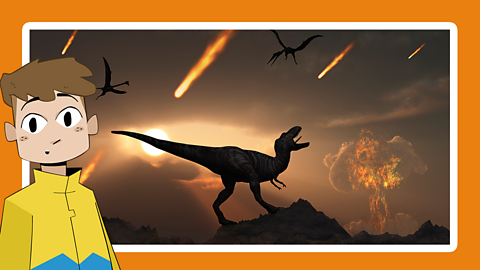
When one species goes extinct, its role is often filled by another.
Although extinction events are not good news for some species, they’ve given others opportunities to expand and evolve.
If the dinosaurs hadn’t have disappeared, it’s possible humans might never have existed.
Horrible Histories: The Gone Show
Humans have only been around on our planet for a relatively short period of time; however, we've played a role in wiping out many species.
Find out about some animals that have gone extinct as a result of humans with this clip from Horrible Histories.
How are humans causing extinction?
Species usually go extinct at a steady rate over hundreds and thousands of years. This allows nature to recover and other species to replace those which are lost.
However, in recent times humans have sped up this process and we a losing species at a much faster rate.
Humans are rapidly changing the climate and the environment. We are removing natural habitats to feed, clothe and produce our energy. We’re also polluting our air, soil and water with the things we throw away.
The impact of humans on nature has been so dramatic that some scientists think we are causing a mass extinction now.
One million animals and plant species are now threatened with extinction.
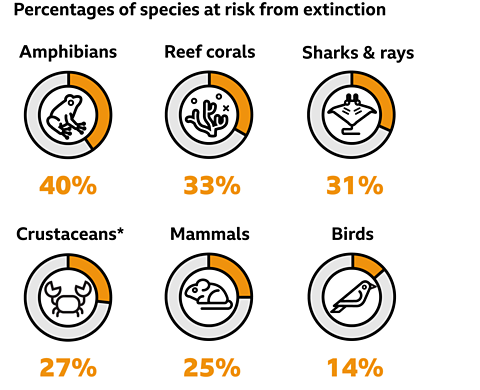
Every living thing on our planet depends on another for survival, so as one species becomes extinct it weakens the others. It’s a delicate balance that’s taken many years to develop.
Humans are a part of this delicate balance too, so harming nature can cause problems for us.
Plants produce the oxygen we breathe, bees and other pollinators help crops grow, and fungi keeps the soil healthy. Almost every aspect of our lives relies on the natural world.
Saved from extinction
The good news is that species which are at risk from extinction can recover and we can help them through conservation projects and by protecting habitats.
Here are a few living things we've successfully brought back from the brink of extinction.

Image caption, European bison
Large herds of wild bison once roamed across Europe; however, hunting and habitat loss drove them to the edge of extinction. By the 1920s they were extinct (except in zoos). Efforts to reintroduce the bison started in Poland in the 1950s and numbers have now grown to over 7,000. There’s even plans to reintroduce Bison in the UK to Blean Woods near Canterbury, Kent.
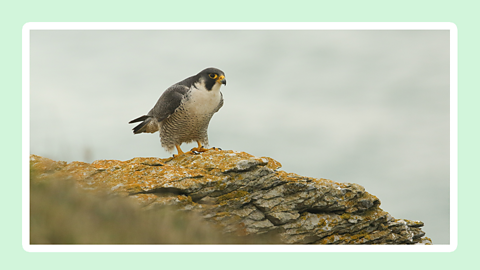
Image caption, Peregrine falcon
The peregrine falcon is the fastest animal on the planet. They can dive bomb at 242 mph. Peregrine falcons became endangered in the 1970s due to pesticides, hunting and habitat loss. They started to recover after one of the pesticides was banned and conservation work helped to protect their nesting sites. Today, peregrines have adapted well to city life and nesting pairs can be found in many towns and cities, including Manchester, Derby, Coventry and Norwich.
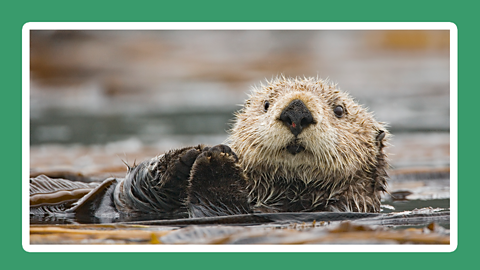
Image caption, Sea otter
Sea otters dive down to the sea floor to feed on marine invertebrates, like sea urchins and clams. Without sea otters, numbers of sea urchins could get out of control and damage the kelp forest where they live. Kelp is a very important habitat for lots of marine life. Before hunting them for their fur was banned, the number of sea otters dropped to around 2000. Now, sea otters are doing much better.
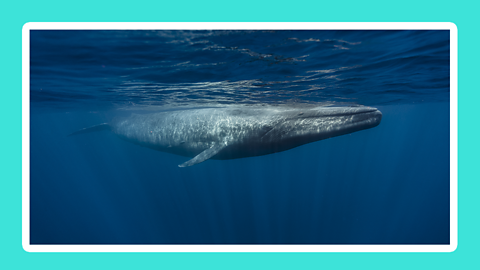
Image caption, Blue whale
During the early 1900s, blue whales were hunted to near extinction for their oil and fat. In 1966, they were given wordwide protection and their numbers have slowly recovered. Although, they still face threats through their environment changing due to climate change and pollution, as well as ship strikes and becoming tangled in fishing gear.

Image caption, Wollemi pine
The Wollemi pine was thought to be extinct and it was only known from fossils. That was until a small number were discovered in a gorge in New South Wales, Australia. At the time it was described as the ‘equivalent of finding a small dinosaur alive’. Today fewer than 100 Wollemi pines are found in the wild and their location is top secret.
1 of 5
Lesson complete!
Well done Regenerator, you've completed this lesson. Now let's see what you can remember.
There's more to learn
Explore more lessons and content from around the BBC.
Which pollinators visit my garden?
GREEN CLASSROOM
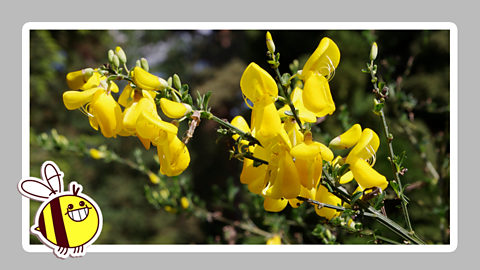
Where can you find symmetry in nature?
GREEN CLASSROOM
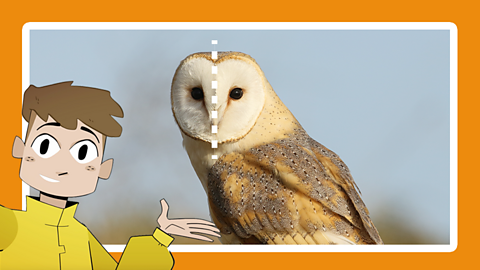
Year 3 - 6 and P4 - P7
GREEN CLASSROOM
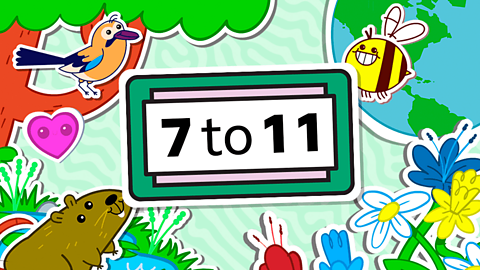
More from The Regenerators
BBC BITESIZE
